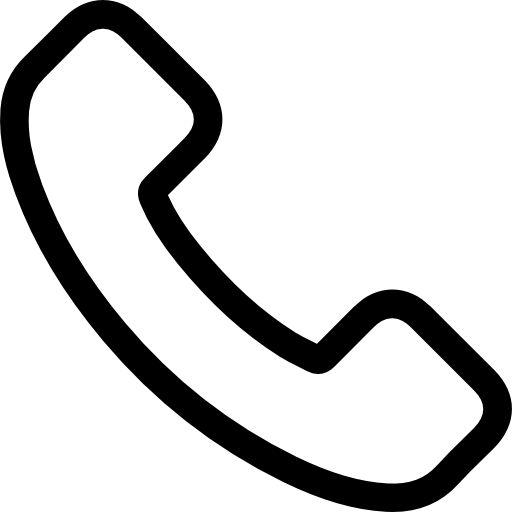Hydrocodone Addiction
Hydrocodone is among the most commonly prescribed opioid medications in the United States. It is frequently used by doctors to manage moderate to severe pain but is also commonly abused. However, hydrocodone abuse is not limited to individuals seeking to achieve a high. Many individuals who use hydrocodone for legitimate pain relief have developed an addiction to their prescribed medication.
What Is Hydrocodone?
Hydrocodone is a prescription opioid derived from the poppy plant and used to treat moderate to relatively severe pain. It works by targeting the brain’s opioid receptors and blocking pain sensations.
The Drug Enforcement Administration (DEA) classified hydrocodone as a Schedule II controlled substance. Hydrocodone presents a risk for patients developing hydrocodone dependence and, eventually, hydrocodone addiction.
Hydrocodone is not normally produced illegally; however, illicit fentanyl is often used in counterfeit hydrocodone pills.
Brand Names For Prescription Hydrocodone And Other Details
Prescription hydrocodone appears as a small, usually white pill.
The most common brand names for hydrocodone are:
- Vicodin®
- Lortab®
- Norco®
- Lorcet-HD®
- Hycodan®
- Vicoprofen®
Hydrocodone is also part of certain combination products that contain other pain relievers like acetaminophen or ibuprofen. These combination painkillers are designed for less severe pain.
How Is Hydrocodone Abused?
People who intentionally abuse hydrocodone seek it for the euphoric high that opioids can create.
The most common way drug users consume hydrocodone is:
- Swallowing pills
- Snorting the dust of crushed pills
- Smoking crushed/cooked pilled
- Injecting liquified hydrocodone intravenously into a vein (similar to heroin use)
Because many hydrocodone products are designed to be delayed release, consuming the drug this quickly can lead to an overdose.
Hydrocodone Overdose
Hydrocodone, a central nervous system depressant, can dangerously slow heart rate and breathing. An overdose may not show immediate extreme symptoms but can develop over several hours.
Key overdose signs include:
- Extreme drowsiness and confusion
- Skin changes (cold, clammy, or bluish tint)
- Severe breathing difficulties
- Slowed or stopped heart rate
Naloxone can temporarily reverse opioid overdose effects.
Responding to a Suspected Overdose
- Contact emergency services (911)
- Use naloxone if available
- Position the person on their left side
- Remain with the person until help arrives
Many states offer protection from criminal charges for those reporting overdoses.
Effects of Hydrocodone Misuse
Short-term effects may include nausea, dizziness, drowsiness, and slowed vital functions. Long-term abuse can lead to euphoria-seeking behavior, physical dependence, and addiction. Combination products with other drugs (e.g., acetaminophen) may cause additional health risks.
Treatment Options for Hydrocodone Addiction
Medical Detoxification
Typically the first step in treatment, medical detox helps manage withdrawal symptoms, which can include:
- Strong cravings
- Gastrointestinal distress
- Flu-like symptoms
- In severe cases, seizures or coma
Detox can occur in inpatient settings or at home under medical supervision.
Medication-Assisted Treatment (MAT)
MAT combines medications with therapy to address withdrawal and cravings. Common medications include:
- Buprenorphine (Suboxone)
- Naltrexone
- Methadone
Rehabilitation Programs
Rehab options vary in intensity based on individual needs:
- Inpatient Rehab: 24/7 care for severe cases, typically lasting 30-90 days
- Partial-Hospitalization Programs (PHP): Intensive daytime treatment without overnight stays
- Intensive Outpatient Programs (IOP): Regular weekly treatments, often used as a step-down from more intensive care
These programs typically include detoxification support, counseling, and aftercare planning to support long-term recovery.
 Call us:(+233) 0531380360
Call us:(+233) 0531380360  Email
Email 